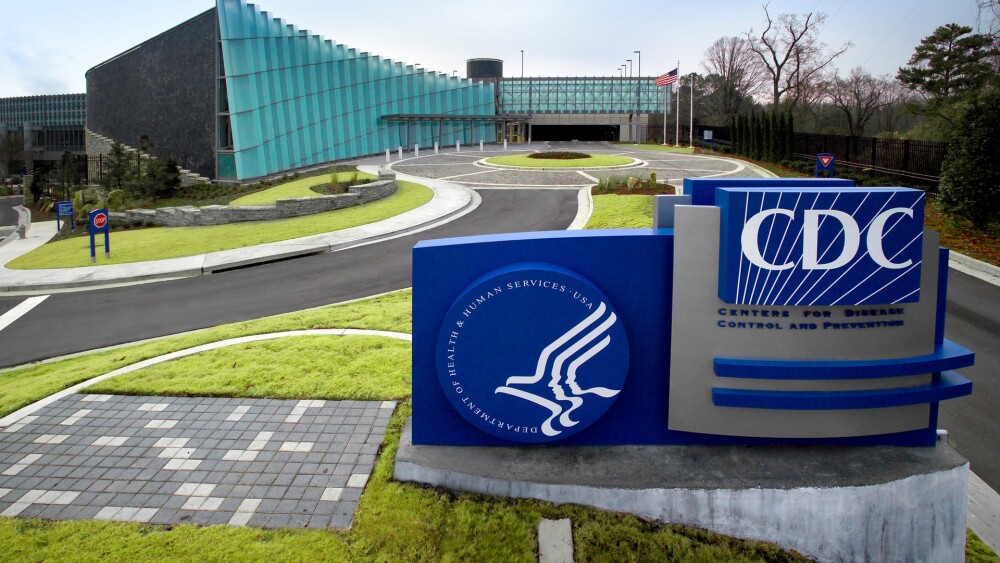With data from the Phase III STELLAR-303 study in the books, Exelixis is plotting a 2025 regulatory application for zanzalintinib.
Exelixis is plotting its path to the FDA after its oral kinase inhibitor zanzalintinib significantly improved overall survival in a Phase III study of patients with a specific type of metastatic colorectal cancer.
The data come from the Phase III STELLAR-303 study, which showed that at a median follow-up of 18 months, zanzalintinib plus Roche’s Tecentriq resulted in a median overall survival (OS) of 10.9 months. Comparators treated with Bayer’s Stivarga, meanwhile, hit median OS of 9.4 months. 12- and 24-month OS estimates were 46% and 20% in the zanzalintinib group versus 38% and 10% in the Stivarga arm.
Exelixis presented the STELLAR-303 readout Monday at the 2025 meeting of the European Society for Medical Oncology (ESMO) and simultaneously published these findings in The Lancet. The company expects to submit a regulatory application for zanzalintinib by year-end.
In a note to investors on Monday, William Blair said zanzalintinib “sets a new survival bar in the third-line or later mCRC [metastatic colorectal cancer] setting.” Being mindful of “limitations and caveats” of cross-study comparisons, the analysts pointed out that the current record in this setting is held by Taiho Oncology’s Lonsurf chemotherapy and Roche’s Avastin, which yielded an OS of 10.8 months.
“The STELLAR-303 trial marks the first pivotal success from the zanzalintinib program,” William Blair wrote, noting that it currently models mCRC sales of $24 million in the U.S. next year, reaching a peak figure of $850 million. William Blair had previously modeled $4.5 billion in U.S. sales for zanzalintinib across all its indications by 2033, and Monday’s data “represent the first step toward achieving this goal,” the analysts added.
STELLAR-303 is a Phase III open-label trial that enrolled more than 900 patients with mCRC who had undergone prior lines of treatment. Aside from OS, Monday’s readout also demonstrated a trend toward progression-free survival improvement, though the study’s design precluded statistical analysis “at this time,” according to Exelixis.
As for safety, the biotech reported that 59% of patients in the zanzalintinib arm developed grade 3/4 treatment-related toxicities, as opposed to 37% of controls; 18% of those given the kinase inhibitor had to drop out of the study because of side effects. Of note, there were two deaths that were deemed related to zanzalintinib, while one other mortality was attributed to the combo regimen.
“We view the 60% grade 3 and 4 treatment-related adverse event frequency as potentially burdensome for patients,” William Blair wrote on Monday, though the analysts did not directly address the deaths. Nevertheless, the firm questioned “the risk/benefit calculus” of adding Tecentriq to zanzalintinib, noting its “potential to increase side effects and out-of-pocket costs for patients.”






